Cats are naturally curious and energetic creatures that often enjoy playtime. As a cat owner, you probably know how much joy it can bring to see your furry friend playing.
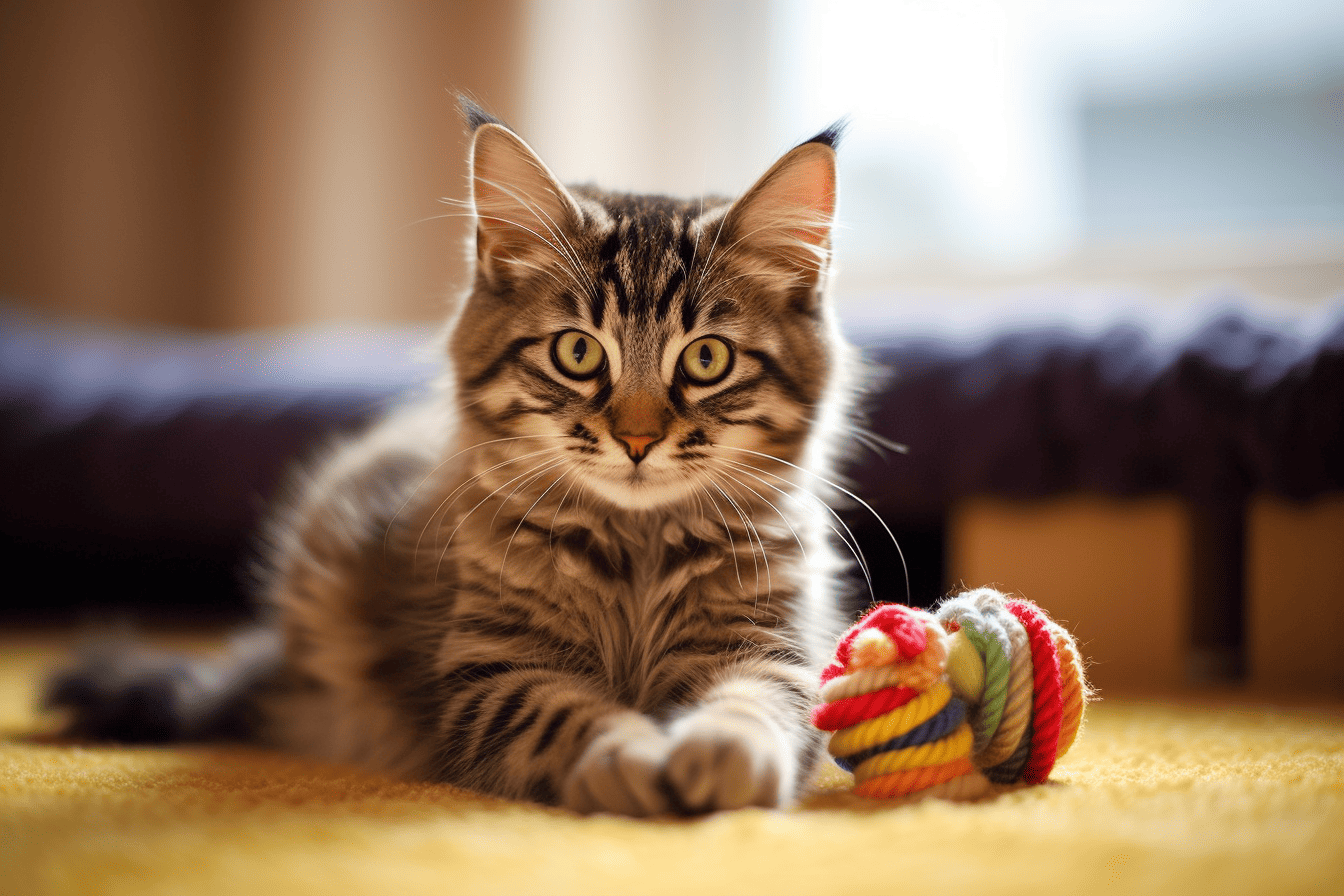
But what if your cat suddenly seems uninterested in playing? Or worse, seems to have never taken an interest in playing at all.
The good news is that there are ways to encourage your cat to play and help them rediscover their playful side.
Don't Rush Into Encouraging Play
First, it's essential to understand that each cat's play preferences may differ. What works for one cat might not work for another.
Secondly, if your cat used to play and suddenly stopped, something may be bothering them. Whether a health issue or overall stress, you should figure out what went wrong and address the problem.
Assuming you're just dealing with an under-motivated kitty, you'll want to experiment with different toys and activities to determine what sparks your cat's curiosity and enthusiasm for playing.
It's also important to keep in mind that what you may perceive as a lack of interest could be your cat's unique way of playing.
That being said, there are a few key steps you can take to encourage your cat to play.
These steps include making playtime a routine, offering a variety of toys, and creating a stimulating environment. In the following sections, we'll explore these steps in more detail and provide tips on how you can successfully engage your cat in play.
Understanding Your Cat's Play Behavior
Kittens may begin to play as soon as they open their eyes and move around. They are training to become hunters and developing social skills when interacting with their siblings.
Read more: Why do cats play?
Instinct and Hunting
Cats are natural hunters, and they need an outlet for their predatory instincts. Your cat's play behavior is often based on these hunting instincts.
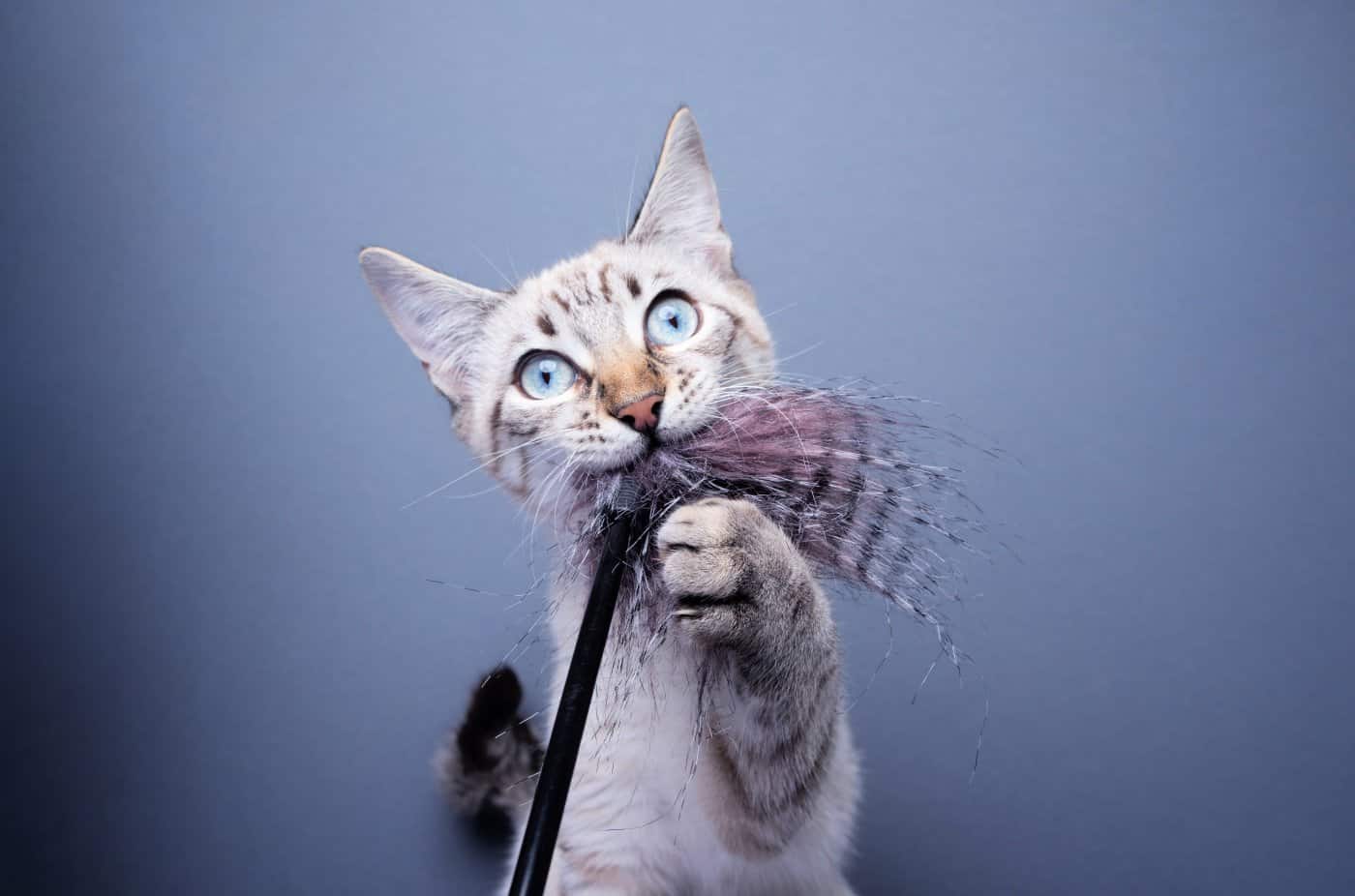
Keep in mind that not all cats have the same level of energy or interest in play. Some may be more enthusiastic hunters, while others may prefer a calmer play style.
Preferences and Toys
Cats can be picky when it comes to the type of toys they enjoy playing with. Some cats may prefer toys that mimic the movements of prey, such as laser pointers, feathers, or toy mice.
Other cats may enjoy toys that make noise or have enticing textures. Keep an eye on your cat's preferences by observing their reactions to various toys.
Additionally, offering a wide selection of toys can encourage engagement and help your cat find their favorites.
- Noisy toys: bells, crinkly toys
- Motion-based toys: laser pointers, feather wands. Read more: Cat Laser Toys: Pros, Cons, and Secrets to Safe Play
- Textured toys: catnip-stuffed toys, furry mice
SIGN UP FOR THECATSITE'S EMAIL UPDATES >
Health and Age Factors
Kittens
Young kittens are naturally curious and energetic, but if your kitten isn't interested in playing, it could be due to health reasons.
Look for other changes in behavior or signs that your kitten may be unwell, and call your vet.
If the vet gives the all-clear, you need to make sure you're providing age-appropriate toys and allowing for rest periods during their growth.
Adult Cats
Adult cats may become disinterested in playtime for a variety of reasons, including health issues.
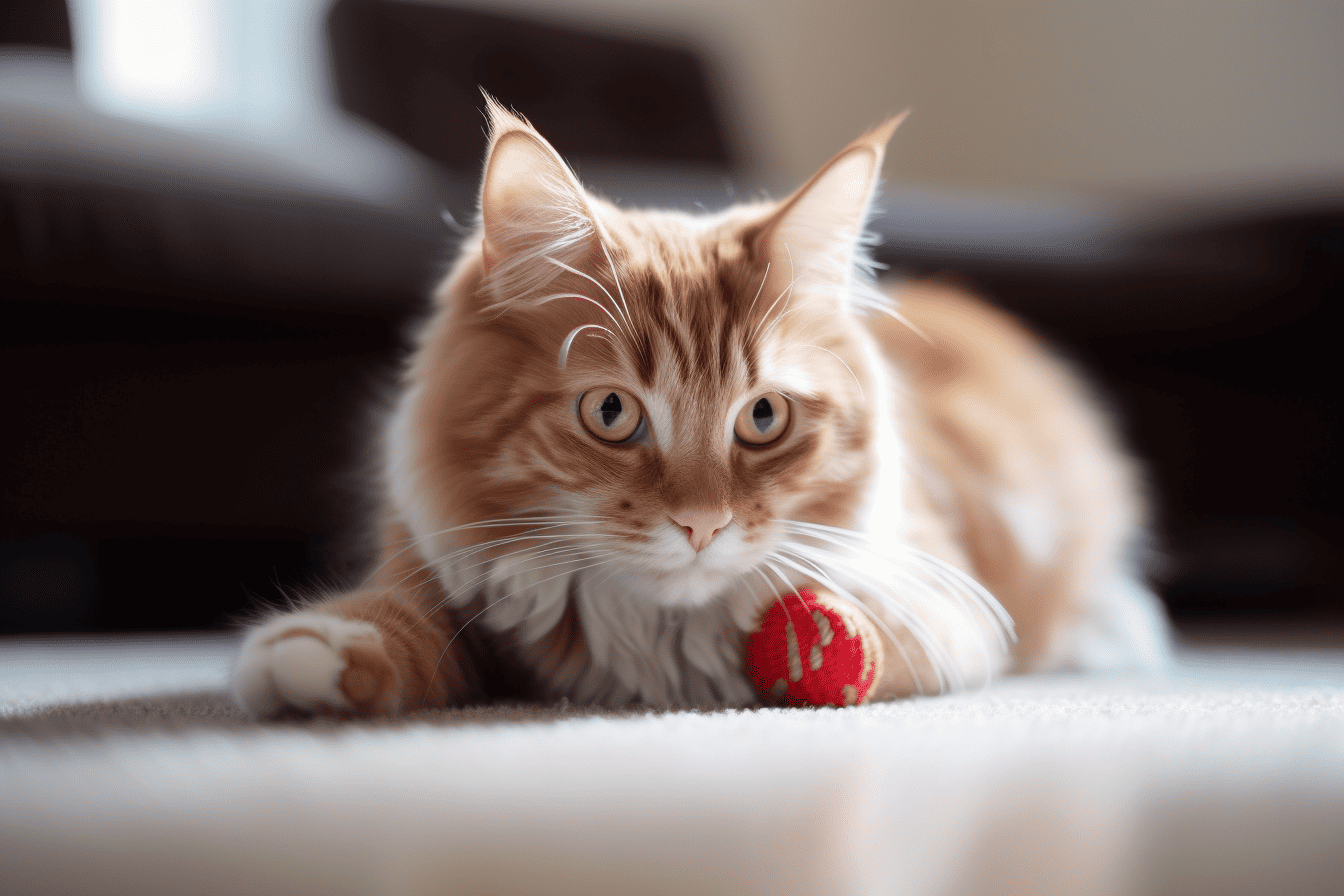
Monitor your cat's weight and consult your vet if you notice any sudden changes. Cats that are overweight may become lethargic and less interested in play. Help them maintain a healthy weight by regulating their diet and encouraging exercise.
Senior Cats
As your cat ages, they may become less active due to various factors like decreased energy levels, joint pain, or other age-related health conditions.
Keep these things in mind when engaging with your senior cat:
- Recognize that your senior cat may not be as agile or energetic as they once were. Encourage gentle play and consider investing in toys designed specifically for older cats.
- Pay attention to any signs of discomfort during play. If your senior cat appears to be experiencing pain, consult your veterinarian for guidance.
Possible Health Issues
Sometimes, your cat might not be playing due to underlying health issues. It's essential to be aware of these possibilities and take appropriate actions to ensure your cat's well-being.
The first step is to observe your cat closely. Look for any unusual signs or symptoms, such as lethargy, limping, or loss of appetite. These can be indications of potential health problems that require attention.
Read more: 35 Signs That Your Cat May Be In Pain
If you notice any concerning signs, it's time to consult with a veterinarian. They can perform a thorough check-up on your cat, examining them for any underlying health issues that might be affecting their behavior.
Some common health problems that can cause a decrease in playfulness include:
- Dental issues: Tooth pain or gum disease can make your cat uncomfortable and less likely to engage in play.
- Arthritis: Joint pain can limit your cat's mobility and discourage them from playing.
- Obesity: Excess weight can make it difficult for your cat to move and play comfortably.
When you visit the vet, make sure to discuss your observations and concerns. They will be able to guide on addressing any health issues that may be contributing to your cat's lack of playtime.
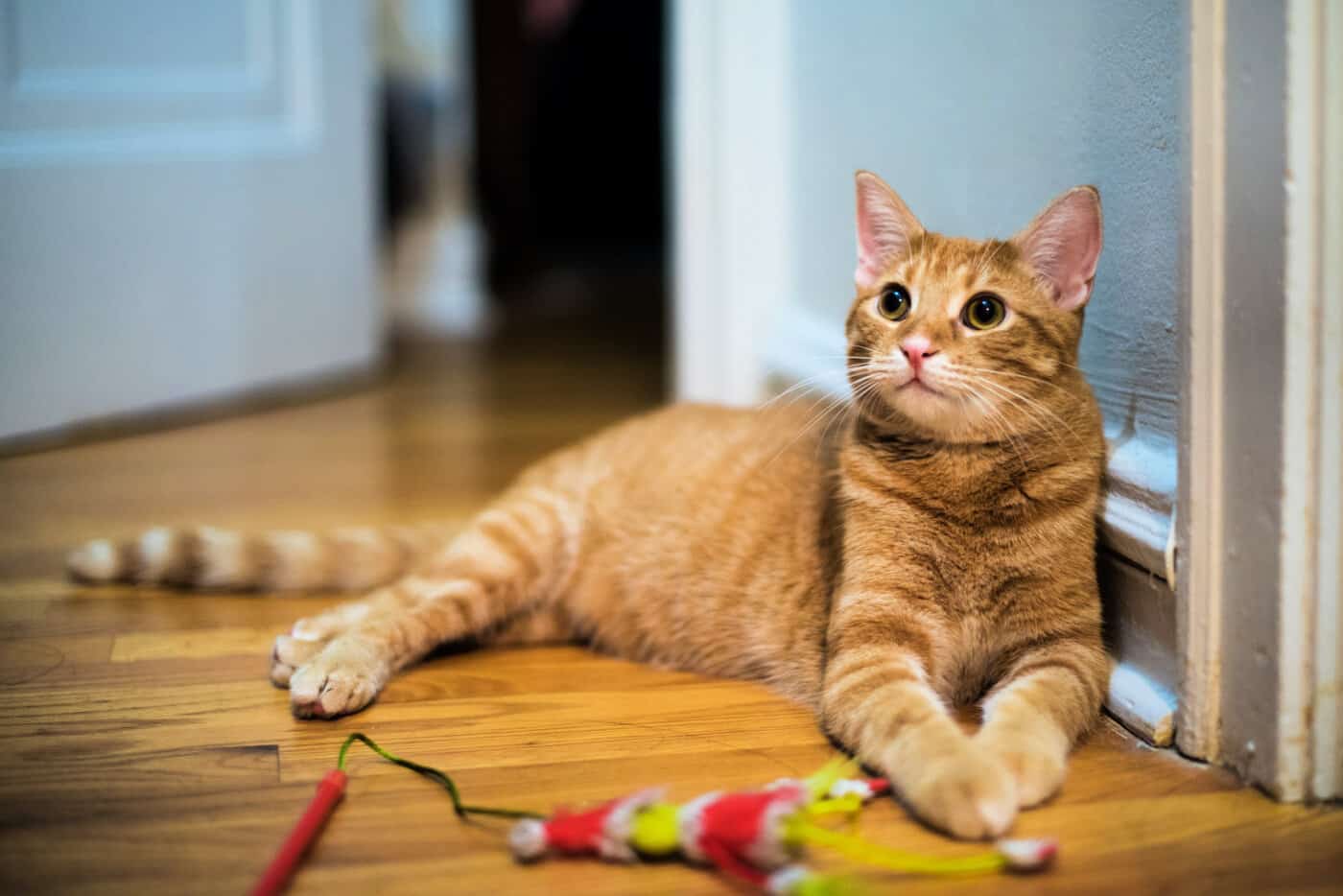
In some cases, your veterinarian might suggest a change in your cat's diet or exercise routine. This can help improve their overall health and well-being, making them more inclined to play.
Be proactive about your cat's health. Regular check-ups and monitoring behavior can help ensure Kitty remains happy, healthy, and playful.
Stress and how it can affect play behavior
Your cat might not want to play if they are feeling stressed or anxious.
Common sources of stress in cats can include loud noises, changes in the household, traveling, or conflicts with other pets. To help reduce your cat's stress:
- Provide a safe and quiet space for them to retreat to
- Keep their routine consistent
- Offer toys that can help distract them from their anxiety
Moving and New Home
If you have recently moved or your cat is in a new home, the change of environment can cause a temporary loss of interest in play.
To ease the transition:
- Set up a familiar space with your cat's favorite toys and bedding
- Gradually introduce them to the new environment
- Give them lots of attention and reassurance
Adding a New Pet
Introducing a new pet to the household can be a challenge for some cats, and they may become withdrawn or less playful.
To help your cat adjust:
- Provide separate spaces for the new and existing pets initially
- Allow gradual, controlled introductions supervised by you
- Reward positive interactions between the pets with treats
Remember, patience is key during these transitions, and your cat should regain their playful behavior as they adjust to their new environment or companions.
Creating a Stimulating Environment
Choosing the Right Toys
Finding the right toys for your cat is essential for engaging their interest and encouraging play.
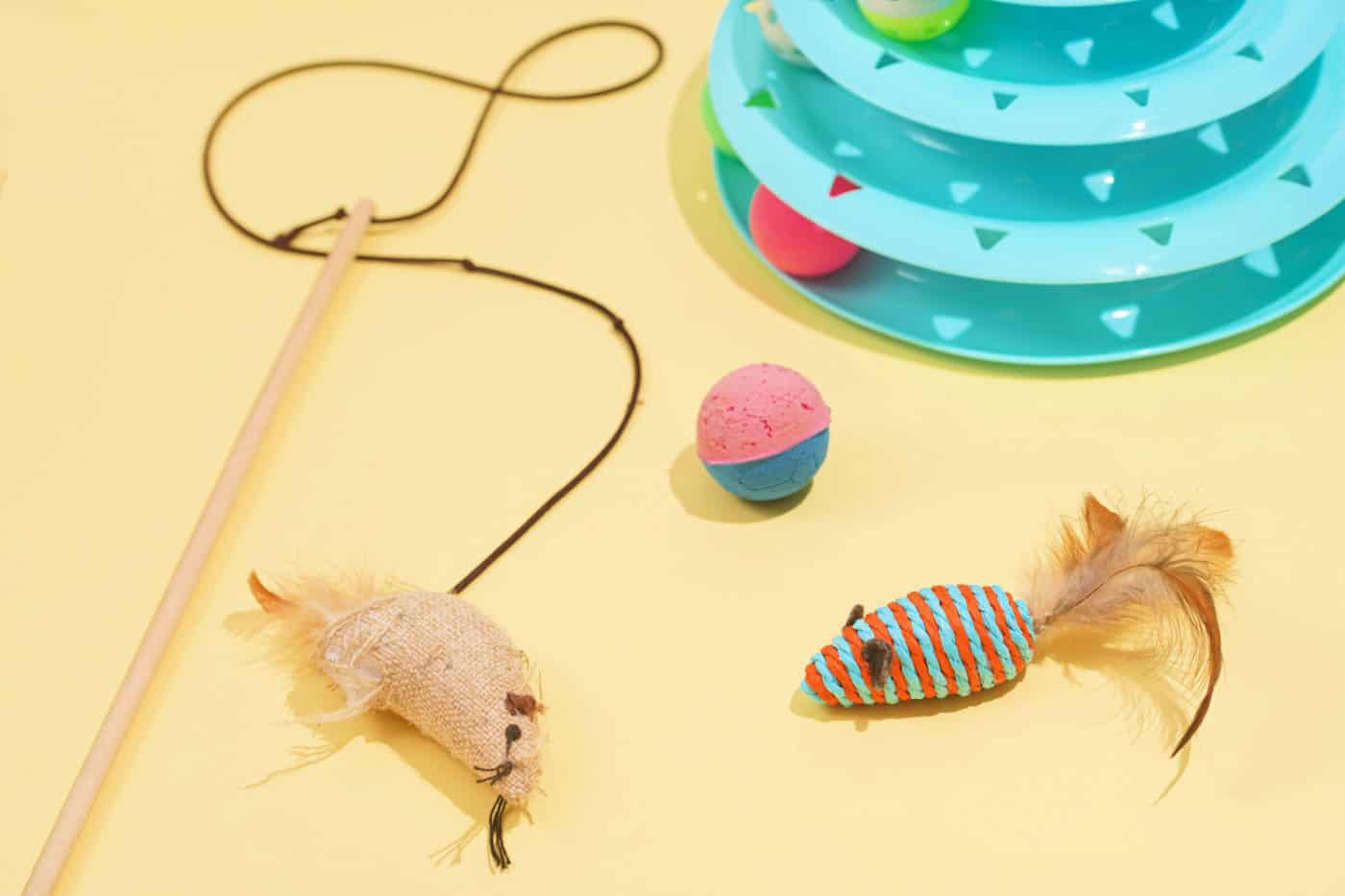
Experiment with various types of toys, such as balls, mice, and feathered toys. Try interactive toys, too, such as rod-like wands and even laser toys.
Introducing New Toys
Introducing new toys to your cat can help keep their interest in playtime. Here's how to do it:
- Show your cat the new toy and let them explore it.
- If the toy is interactive, engage with your cat by moving the toy around and encouraging them to play.
- If your cat seems hesitant, try rubbing the toy with a bit of catnip or their favorite treat.
- Rotate existing toys and new ones to keep playtime fresh and exciting.
Creating Playtime Routine
Establishing a playtime routine can help your cat to look forward to their daily play sessions. Consider the following steps:
- Set aside 10-15 minutes each day for playtime.
- Choose a designated play area that is free from distractions.
- Start slow and gradually increase the intensity of play.
- Monitor your cat's energy level and stop when they seem tired or uninterested.
Read more: Playing With Your Cat: 10 Things You Need To Know
By creating a stimulating environment, you'll encourage your cat to engage in play and provide an enriching experience for them.
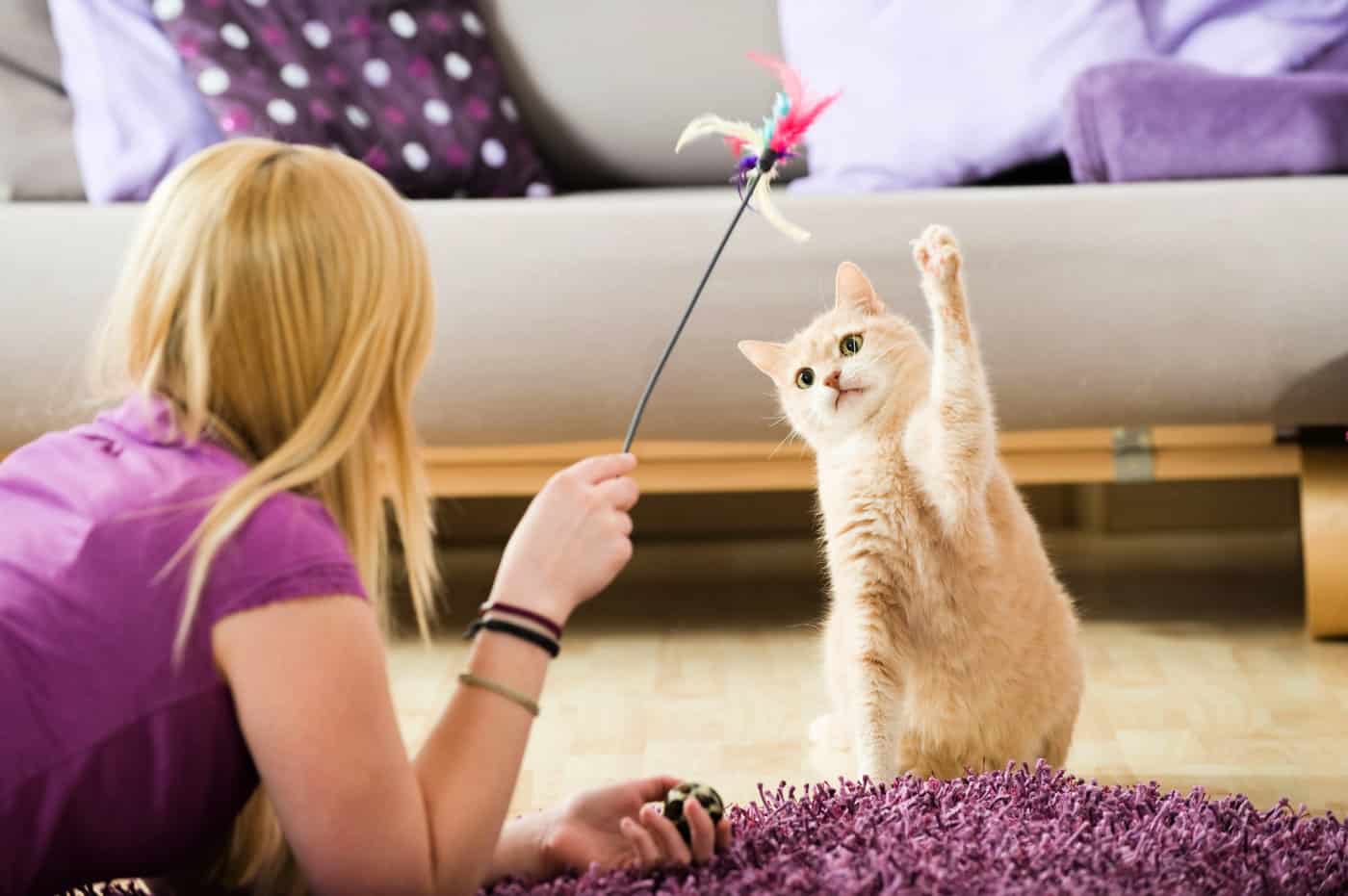
Remember always to use a friendly tone when playing with your cat and be patient as they learn new ways to have fun.
Focusing on Ways to Encourage Play
Going beyond choosing the right toy and introducing it, here's a recap of some tactics that can help encourage play behavior.
Using Catnip
Catnip can be a great motivator for some cats to engage in active play. You can sprinkle some on their toys or a play area.
Not all cats react to catnip, but for those that do, it can be a fun and natural way to stimulate play.
- Sprinkle catnip on their toys
- Introduce a catnip-filled toy
Read more: How Does Catnip Affect Cats
Playing with Feather Wands
Feather wands can be a fun and interactive way for you and your cat to bond and play together.
Wave the wand around, mimicking the movements of a bird or insect, and watch as your cat’s natural hunting instincts kick in.
- Imitate bird or insect movements.
- Allow your cat to catch the feather occasionally
Direct Stimulation
Sometimes, cats need a little direct stimulation to encourage them to play. You can achieve this by:
- Gently tap your cat with a toy (be sure not to hurt them)
- Use a laser pointer to create a quick-moving target for your cat to chase
- Introduce toys with different textures, such as crinkly or rattling toys, to engage their sense of touch and sound
Remember, keep experimenting with different methods and toys to find what works best in encouraging play with your cat.
Recap: Reviving Your Cat's Playful Spirit
Understand your cat's unique play preferences and be patient when encouraging them to engage in play.
Consider potential health issues or stress factors that may be impacting their play behavior.
By creating a stimulating environment, offering a variety of toys, and establishing a playtime routine, you can help your cat rediscover their playful side.
Remember to be attentive to their needs, experiment with different tactics, and, above all, enjoy the bonding experience that playtime offers you and your feline friend.
Need more help? Post your questions about cat play in the cat behavior forum, where experienced cat owners can assist.
SIGN UP FOR THECATSITE'S EMAIL UPDATES >
Note: We may get commissions for purchases made through links on this page.



